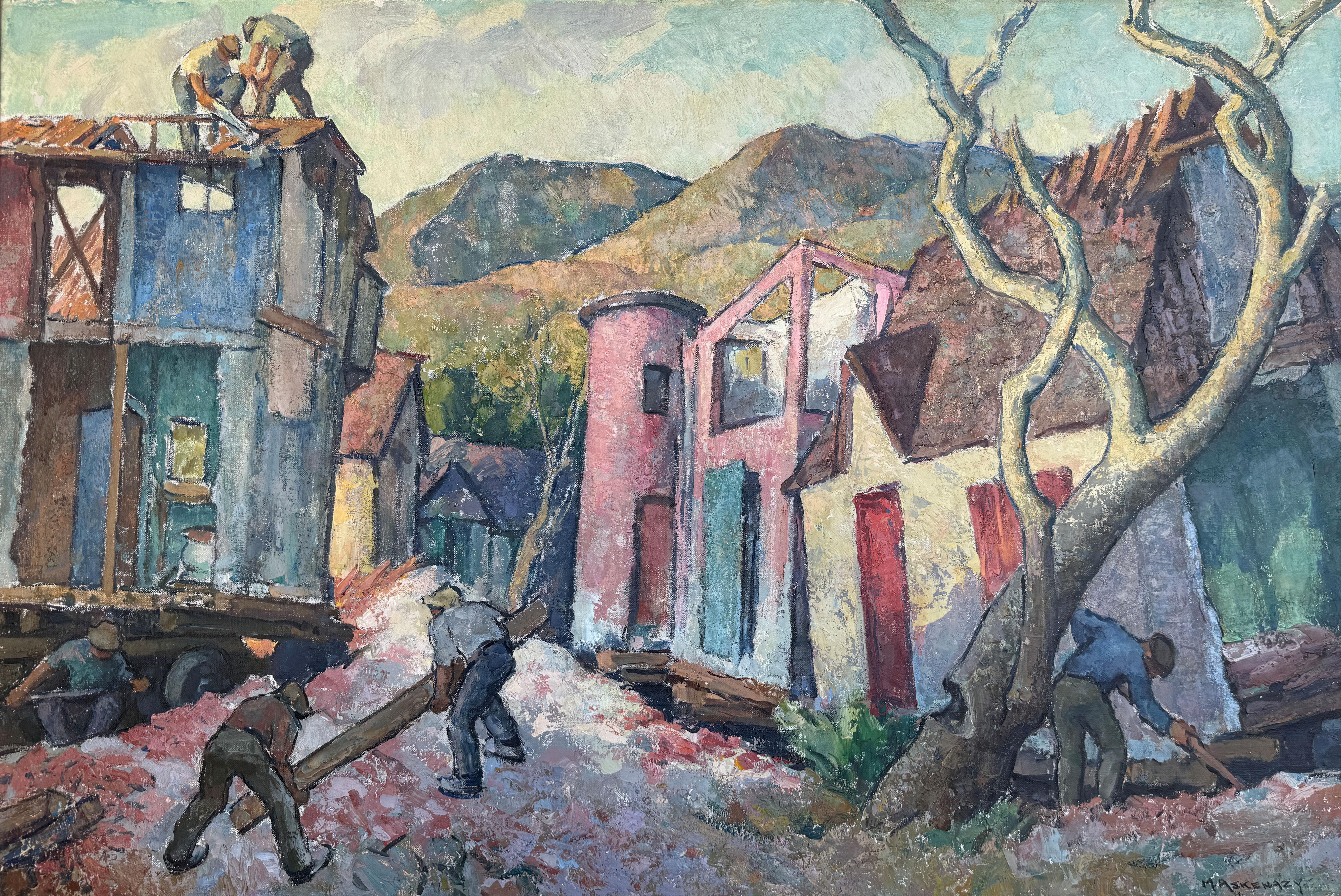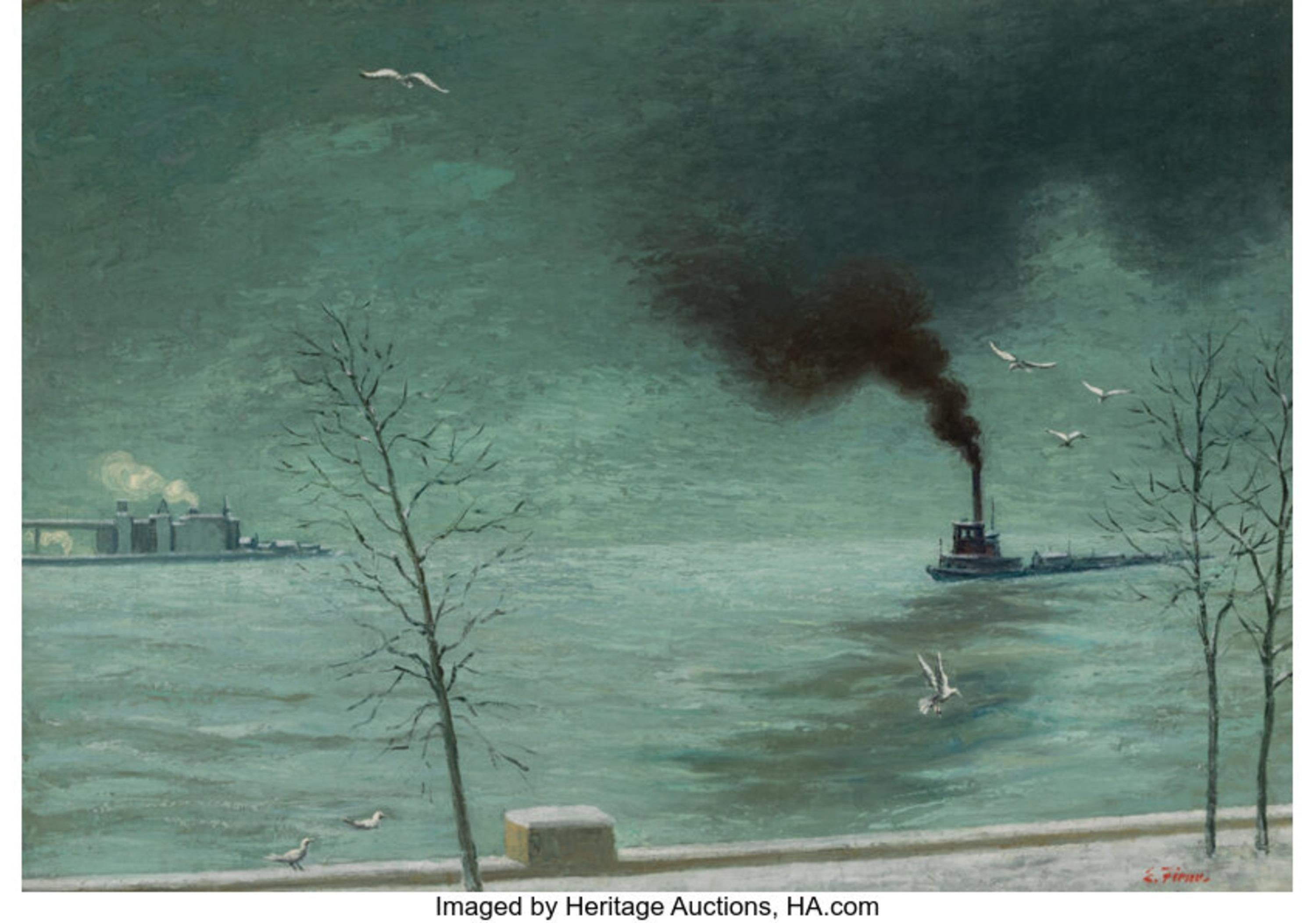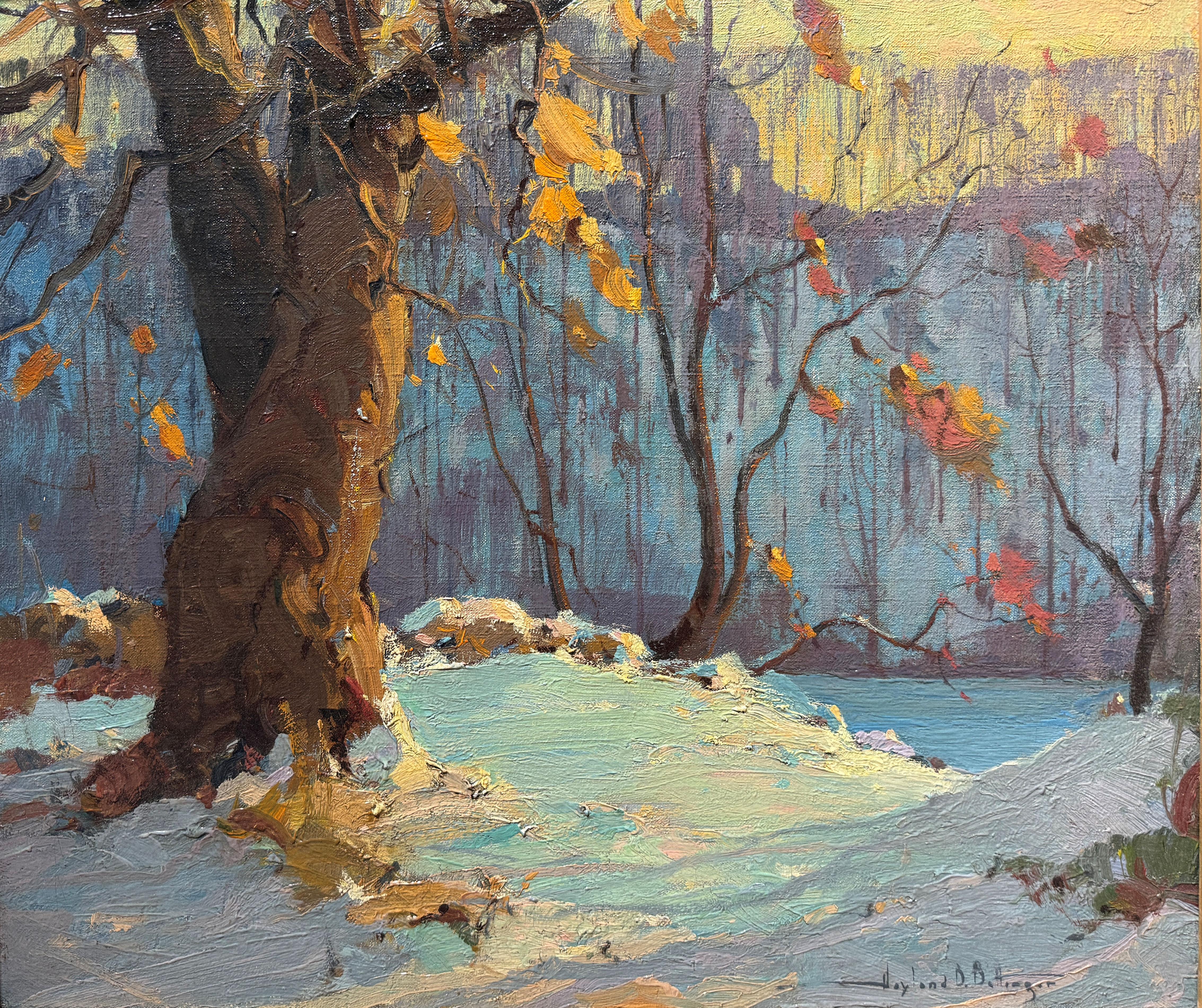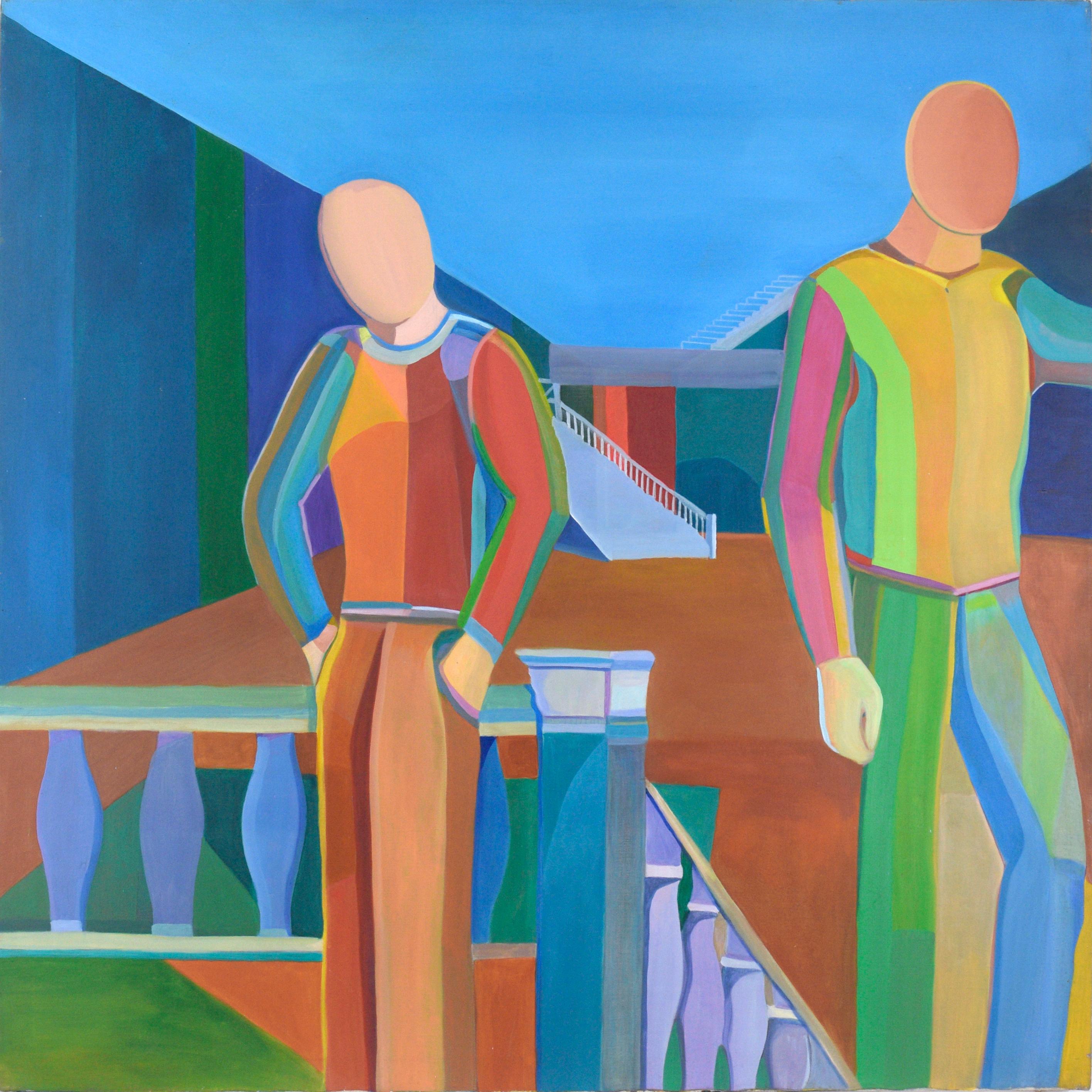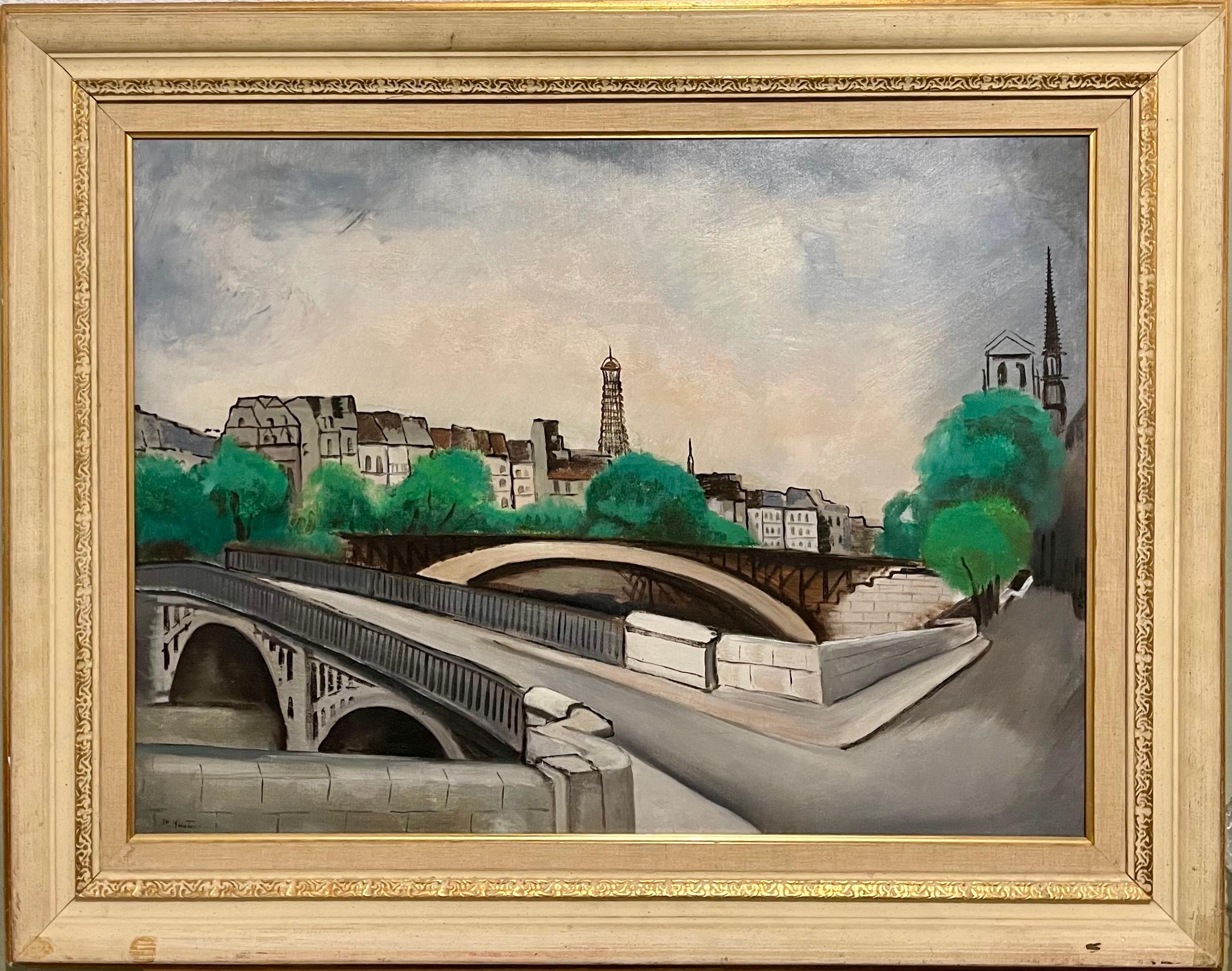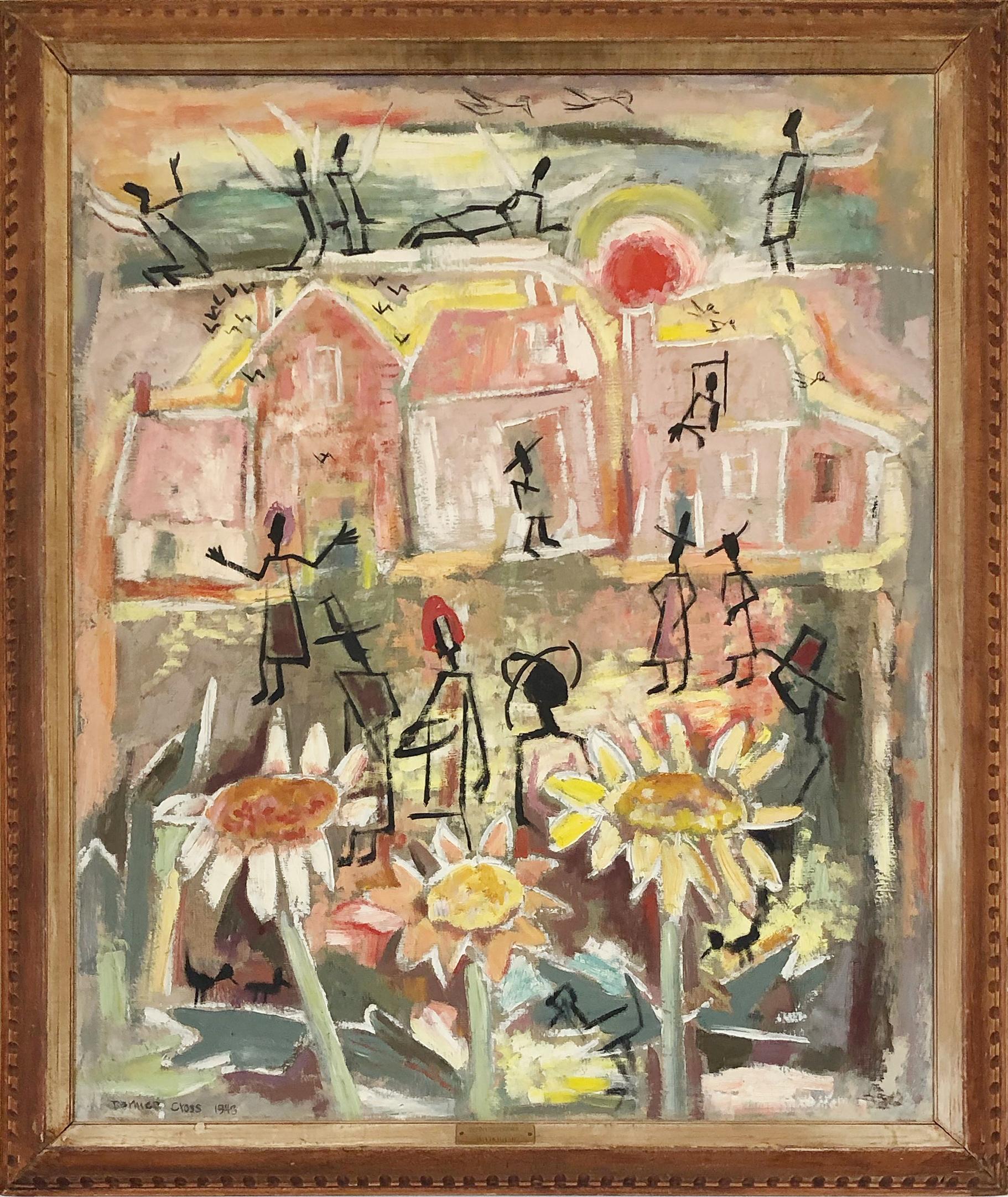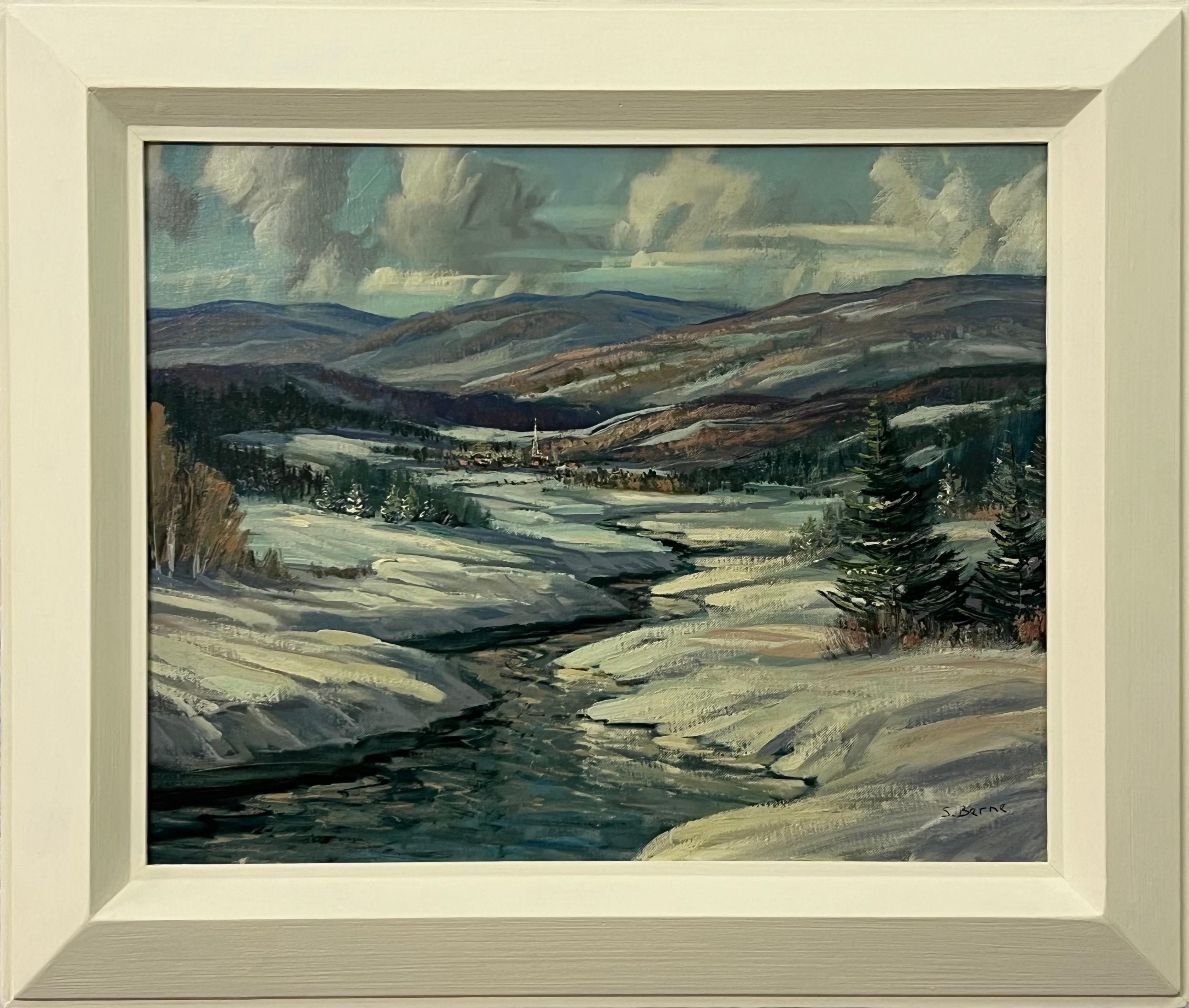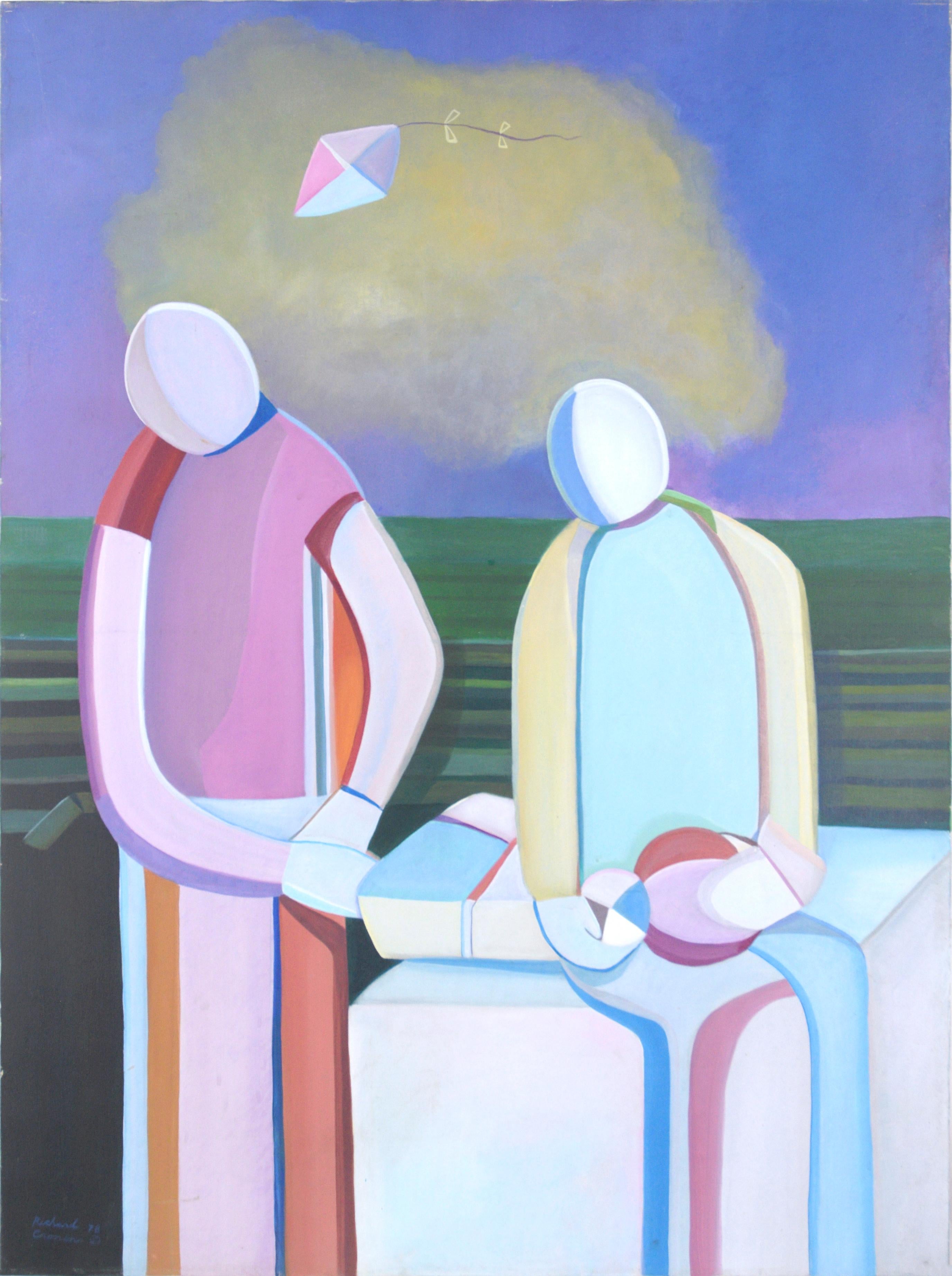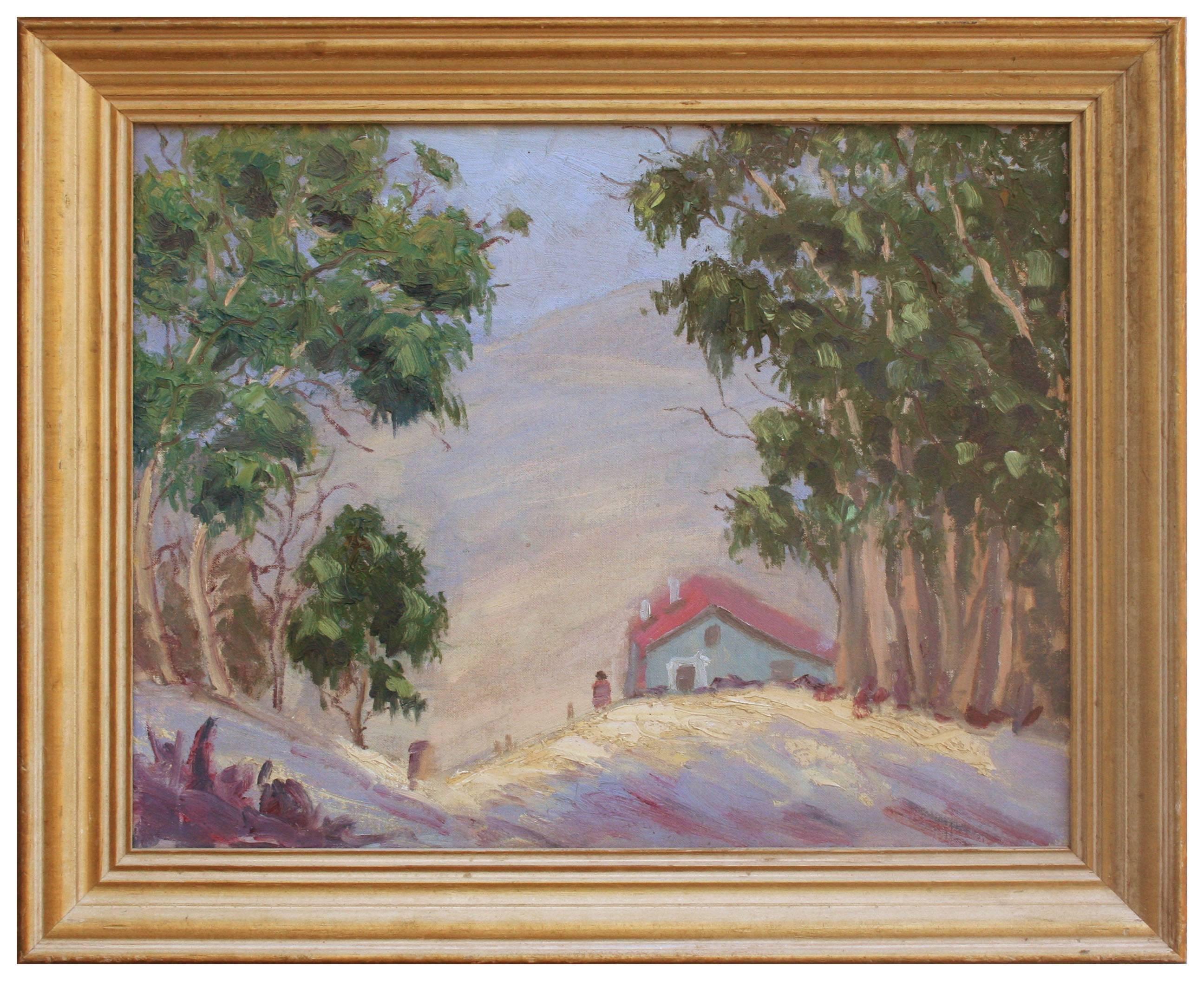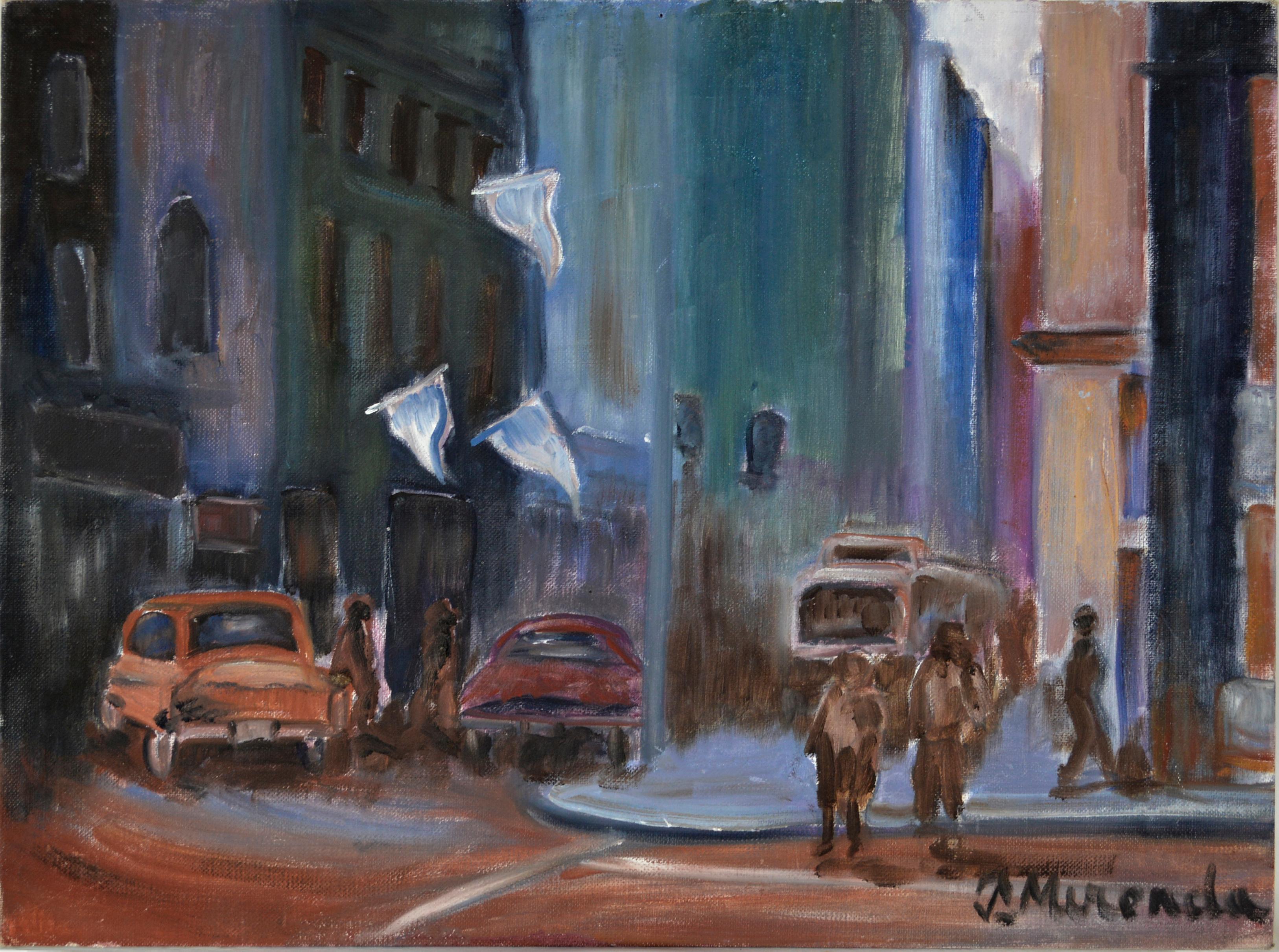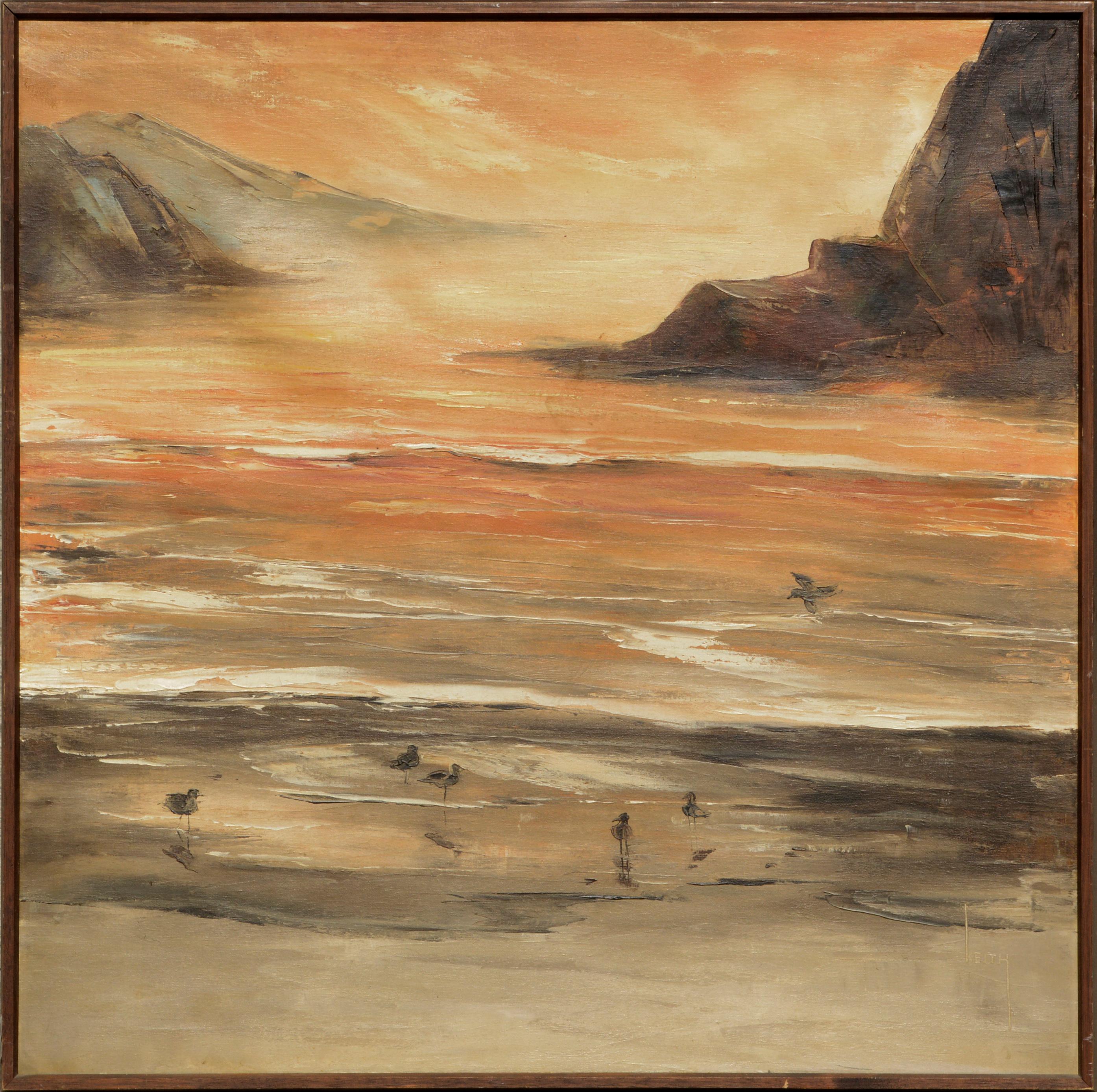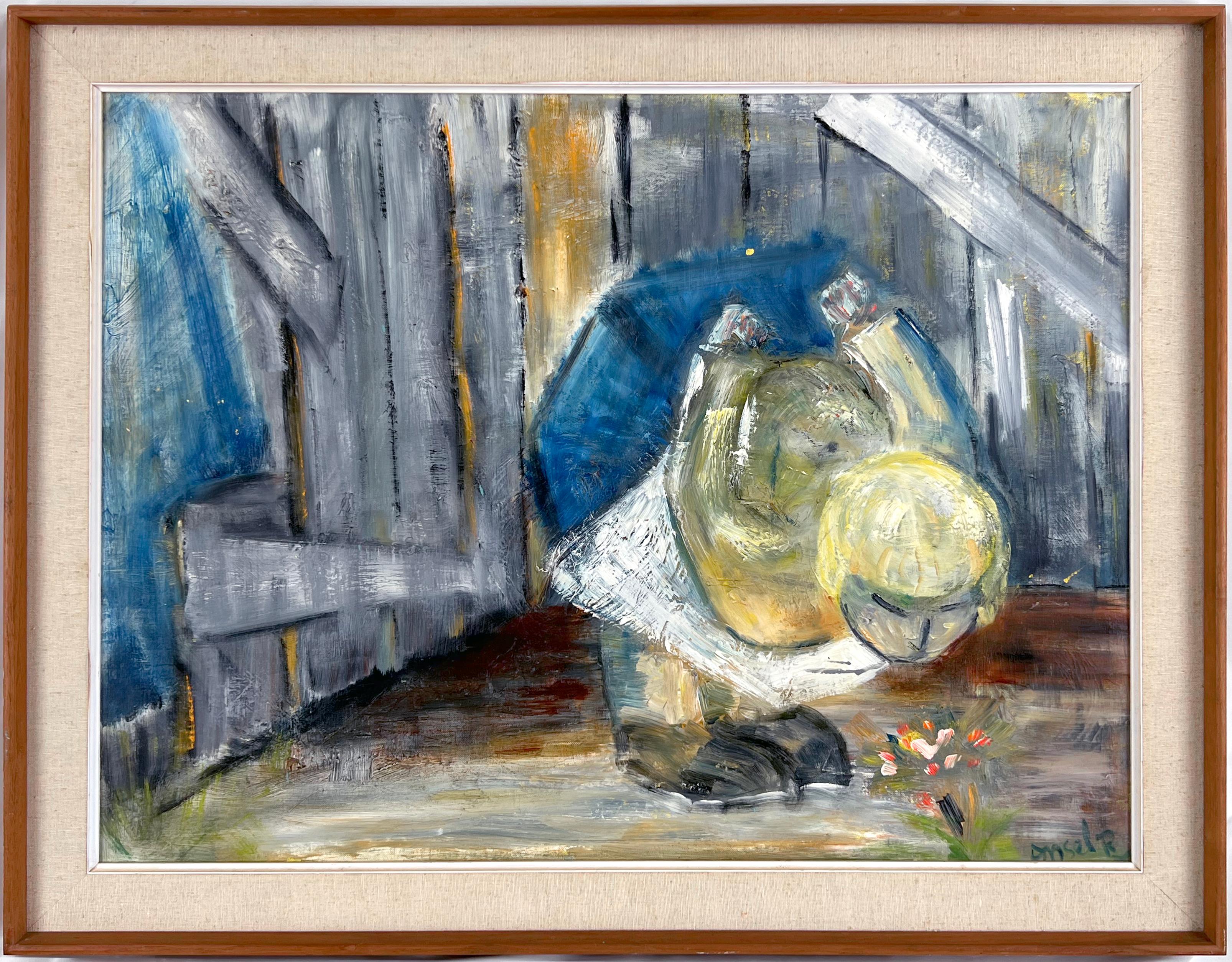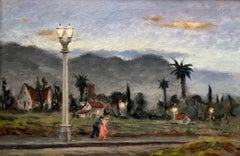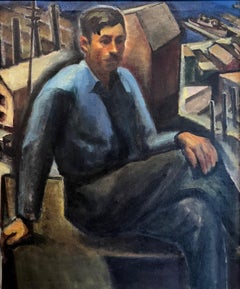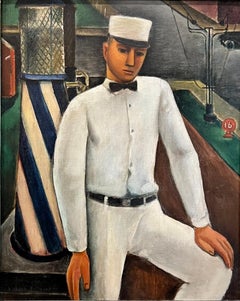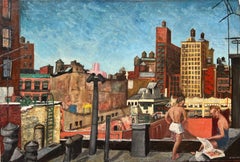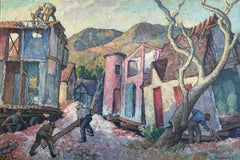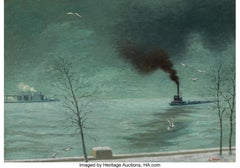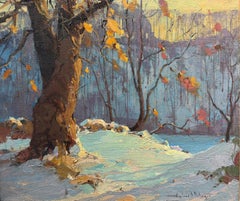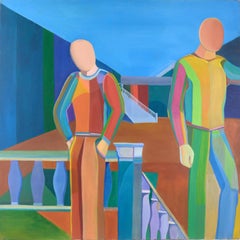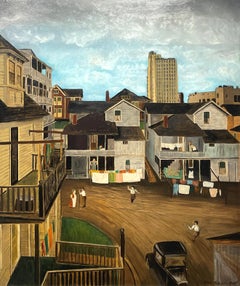
Neighbors
View Similar Items
Want more images or videos?
Request additional images or videos from the seller
1 of 7
Ethel Robertson GathNeighbors1947
1947
$18,500List Price
About the Item
- Creator:Ethel Robertson Gath (1892 - 1972, American)
- Creation Year:1947
- Dimensions:Height: 36 in (91.44 cm)Width: 30 in (76.2 cm)Depth: 2 in (5.08 cm)
- More Editions & Sizes:36 x 30 inches Price: $18,500
- Medium:
- Movement & Style:
- Period:
- Condition:
- Gallery Location:Los Angeles, CA
- Reference Number:1stDibs: LU1859214730592
About the Seller
5.0
Vetted Professional Seller
Every seller passes strict standards for authenticity and reliability
1stDibs seller since 2022
15 sales on 1stDibs
Authenticity Guarantee
In the unlikely event there’s an issue with an item’s authenticity, contact us within 1 year for a full refund. DetailsMoney-Back Guarantee
If your item is not as described, is damaged in transit, or does not arrive, contact us within 7 days for a full refund. Details24-Hour Cancellation
You have a 24-hour grace period in which to reconsider your purchase, with no questions asked.Vetted Professional Sellers
Our world-class sellers must adhere to strict standards for service and quality, maintaining the integrity of our listings.Price-Match Guarantee
If you find that a seller listed the same item for a lower price elsewhere, we’ll match it.Trusted Global Delivery
Our best-in-class carrier network provides specialized shipping options worldwide, including custom delivery.More From This Seller
View AllSix O'Clock
Located in Los Angeles, CA
Six O-Clock, c. 1942, oil on canvas, 30 x 20 inches, signed and titled several times verso of frame and stretcher (perhaps by another hand), marked “Rehn” several times on frame (for the Frank K. M. Rehn Galleries in New York City, who represented Craig at the time); Exhibited: 1) 18th Biennial Exhibition of Contemporary American Oil Paintings from March 21 to May 2, 1943 at The Corcoran Gallery of Art in Washington, D.C. #87, original price $450 (per catalog) (exhibition label verso), 2) Craig’s one-man show at the Frank K. M. Rehn Galleries, New York City, from October 26 to November 14, 1942, #10 (original price listed as $350); and 3) Exhibition of thirty paintings sponsored by the Harrisburg Art Association at the State Museum of Pennsylvania in Harrisburg in March, 1944 (concerning this exhibit, Penelope Redd of The Evening News (Harrisburg, Pennsylvania) wrote: “Other paintings that have overtones of superrealism inherent in the subjects include Tom Craig’s California nocturne, ‘Six O’Clock,’ two figures moving through the twilight . . . .” March 6, 1944, p. 13); another label verso from The Museum of Art of Toledo (Ohio): original frame: Provenance includes George Stern Gallery, Los Angeles, CA
About the Painting
Long before Chris Burden’s iconic installation outside of the Los Angeles County Museum of Art, Urban Light, another artist, Tom Craig, made Southern California streetlights the subject of one of his early 1940s paintings. Consisting of dozens of recycled streetlights from the 1920s and 1930s forming a classical colonnade at the museum’s entrance, Burden’s Urban Light has become a symbol of Los Angeles. For Burden, the streetlights represent what constitutes an advanced society, something “safe after dark and beautiful to behold.” It seems that Craig is playing on the same theme in Six O-Clock. Although we see two hunched figures trudging along the sidewalk at the end of a long day, the real stars of this painting are the streetlights which brighten the twilight and silhouette another iconic symbol of Los Angeles, the palm trees in the distance. Mountains in the background and the distant view of a suburban neighborhood join the streetlights and palm trees as classic subject matter for a California Scene painting, but Craig gives us a twist by depicting the scene not as a sun-drenched natural expanse. Rather, Craig uses thin layers of oil paint, mimicking the watercolor technique for which he is most famous, to show us the twinkling beauty of manmade light and the safety it affords. Although Southern California is a land of natural wonders, the interventions of humanity are already everywhere in Los Angeles and as one critic noted, the resulting painting has an air of “superrealism.”
About the Artist
Thomas Theodore Craig was a well-known fixture in the Southern California art scene. He was born in Upland California. Craig graduated with a degree in botany from Pomona College and studied painting at Pamona and the Chouinard Art School with Stanton MacDonald-Wright and Barse Miller among others. He became close friends with fellow artist Milford Zornes...
Category
1940s American Modern Landscape Paintings
Materials
Canvas, Oil
$12,500
A Laborer Resting
By Robert Gilbert
Located in Los Angeles, CA
A Laborer Resting, 1930, oil on canvas, signed and dated lower center, 36 x 30 inches, inscribed verso “July – 1930 / Title – A Laborer Resting / Artist – Robert Gilbert / Price - $2...
Category
1930s American Modern Figurative Paintings
Materials
Canvas, Oil
The Gas Station
By Robert Gilbert
Located in Los Angeles, CA
The Gas Station, c. 1930s, oil on canvas, signed lower left, 25 x 20 inches; presented in newer frame
The Gas Station is a rare Southern California urban scene from the Great Depres...
Category
1930s American Modern Figurative Paintings
Materials
Canvas, Oil
Rooftop Bathers (Untitled)
Located in Los Angeles, CA
Rooftop Bathers (Untitled), c. 1940s, oil on canvas, 22 x 32 inches, signed lower right
Betty Waldo Parish gives us a delightful slice of life in 1940s New York, as we see a coupl...
Category
1940s American Modern Figurative Paintings
Materials
Canvas, Oil
RFD#1
By Dale Nichols
Located in Los Angeles, CA
RFD #1, 1937, oil on canvas, signed and dated lower right, titled verso, 24 x 30 inches
Iowa had Grant Wood. Missouri had Thomas Hart Benton. Kansas had John Steuart Curry. And, Neb...
Category
1930s American Modern Landscape Paintings
Materials
Canvas, Oil
$75,000
Neighbors
By Norman Barr
Located in Los Angeles, CA
Neighbors, 1939, oil on canvas, signed and dated lower right, 22 x 26 inches
Norman Barr was an American Scene painter and muralist known for his poignant depictions of working-clas...
Category
1930s American Modern Figurative Paintings
Materials
Canvas, Oil
You May Also Like
"Moving Houses" Mischa Askenazy, Modernist, 1930s, California Hills Landscape
Located in New York, NY
Mischa Askenazy
Moving Houses
Signed lower right
Oil on canvas
26 x 38 inches
Mischa Askenazy was born near Odessa, on February 22, 1888. At age four, Askenazy immigrated with his ...
Category
1930s American Modern Figurative Paintings
Materials
Oil, Canvas
"Tugboat in New York Harbor" Ernest Fiene, Modernist, Cerulean Waterscape
By Ernest Fiene
Located in New York, NY
Ernest Fiene
Tugboat in New York Harbor
Signed lower right
Oil on canvas
24 1/2 x 34 1/2 inches
Ernest Fiene was born in Elberfeld, Germany in 1894. As a teenager, Fiene immigrated...
Category
1930s American Modern Landscape Paintings
Materials
Canvas, Oil
"By the Valley" Hoyland Bettinger, Modernist, Snowy Hill, Fall Landscape
Located in New York, NY
Hoyland Bettinger
By the Valley
Signed lower right, titled on reverse of frame
Oil on canvas
20 x 24 inches
Hoyland B. Bettinger was born in Lima, NY on Dec. 1, 1890. Bettinger was...
Category
1920s American Modern Figurative Paintings
Materials
Canvas, Oil
"One Thousand Words" - Surreal Figurative
Located in Soquel, CA
Bold figurative work by Richard Cronin (American, b. 1952). Two figures stand on a patio, turned away from each other. The figures and scene are rendere...
Category
1970s American Modern Figurative Paintings
Materials
Canvas, Oil
1927 Oil Painting Eiffel Tower Paris American Modernist Wpa Artist Morris Kantor
By Morris Kantor
Located in Surfside, FL
Morris Kantor New York (1896 - 1974)
Paris from the Ile St. Louis, 1927 (view of Eiffel Tower)
Oil painting on canvas
Hand Signed lower left.
Provenance: Hirshhorn Museum and Scul...
Category
1920s American Modern Landscape Paintings
Materials
Canvas, Oil
Halleluja, A story
Located in Greenwich, CT
Initially read as archaic and simple, Halleluja is a complex celebratory spring painting full of color, imagination, and humor and combines many elements seen throughout her later ca...
Category
1940s American Modern Figurative Paintings
Materials
Canvas, Oil
Recently Viewed
View AllMore Ways To Browse
17th Century Flemish School
Norman Rockwell Saturday Evening Post
Orientalist Portrait
Tennis Painting
16th Century Painted Panels
Fortuny Paintings
Giotto Painting
Joyce Oil
Michael Lawrence
Vintage Little Girl Painting
French Masonite Paintings
Horse Painting Pink
Jordanian Oil Painting
Paintings Of Sardinia
Absolut Art
Flamenco Dancer
Rajasthan Painting
M Howard
